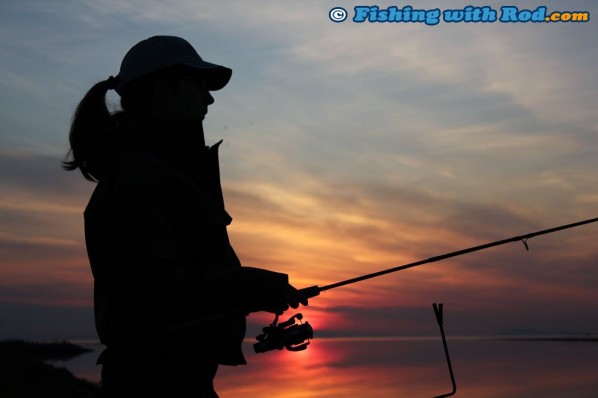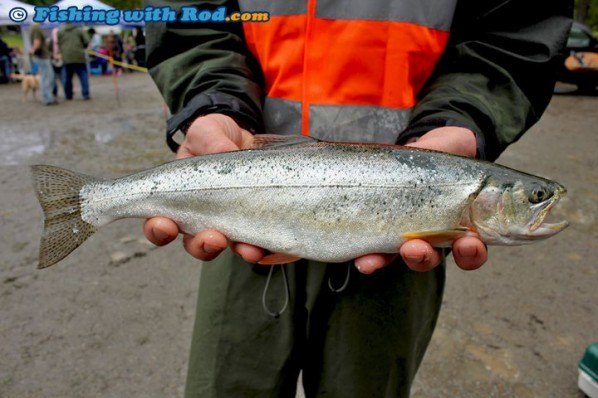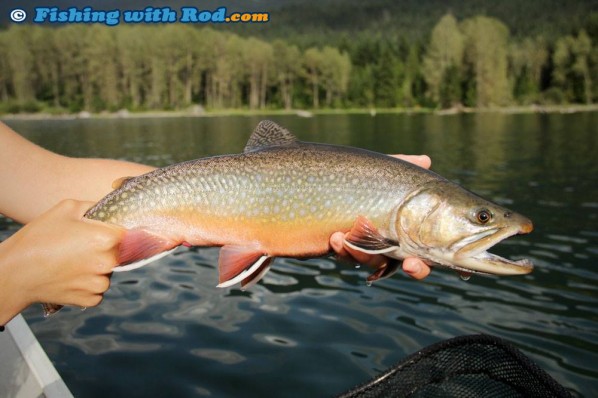Selective Fishing for Fraser River Salmon Requested
Published on Friday, July 31st, 2015
Salmon fishing opens for the tidal portion of the Fraser River on August 1st and for the non-tidal portion of the Fraser River on August 3rd. The openings are for three species, chinook, pink and chum salmon, while sockeye salmon fishing remains closed because their abundance is currently not high enough for an opening.
Fisheries and Oceans Canada has requested all anglers to fish selectively, meaning that you should specifically target species that are open while avoiding catching sockeye salmon.
“There is no retention of sockeye salmon permitted at this time. Given the low abundance of sockeye and the expected en-route mortality, impacts on sockeye are to be minimized and DFO is working with all users of the resource to limit impacts on sockeye.
While fishing for pink, chinook and chum salmon, anglers should avoid using fishing methods that catch sockeye salmon and fish selectively. The first principle of selective harvesting is to avoid catching non-targeted stocks. This means that anglers should use methods that do not catch sockeye. The following fishing methods enable anglers to catch pink, chinook and chum salmon and rarely intercept sockeye salmon:
Bar Fishing
Trolling Spoons at Creek mouths
Float Fishing
Pulling Plugs
Fly FishingWe encourage anglers to continue to use these methods to target pink, chinook and chum while avoiding sockeye.
Please note that bottom bouncing is NOT considered a selective fishing method and is strongly discouraged. The Department requests that selective fishing techniques be used and will continue to closely monitor the situation to ensure impacts on sockeye are at a minimum.
Should DFO feel that the rate of compliance is insufficient to ensure the adequate passage of sockeye, spot closures or a “no fishing for salmon” restriction may result.”
In the summer months, especially this year, water temperature is not as tolerable for salmonids so fish which are released always have a chance of dying due to stress. It is important for the recreational fishing community to demonstrate that selective fishing practices can be done while protecting runs which are closed for fishing so future stocks are not jeopardized. If the department observes too many sockeye salmon being caught and released, then the fishery will most likely be shut down once again to ensure the safe passage of these fish.
Sockeye salmon in the Lower Fraser River generally do not bite as they travel upstream. During a sockeye salmon recreational fishing opening, fish are usually caught by flossing (or more commonly referred to as bottom bouncing), which involves the use of a long leader so the fish are accidentally hooked in the mouth as it swept across the river. This technique is not encouraged when sockeye salmon are not open for fishing, because it is not selective. Instead, anglers are asked to catch chinook, pink and chum salmon by bar fishing, casting and retrieving lures, float fishing with bait, etc. The chance of hooking a sockeye by using these methods is significantly lower than flossing.
Bar fishing is done in the non-tidal portion of the Fraser River, usually between Hope and Chilliwack where the current is adequate enough to troll a spin-n-glow at a stationary spot. If you have never experienced bar fishing before, please check out the following links for more information.
In the tidal portion of the Fraser River, chinook salmon are typically caught by plunking freshly cured salmon roe. This technique can be very successful for jacks, which are males returning one year earlier than other fish in the same run. The video, Tidal Fraser Bottom Setup, gives you an idea how this is done.
For pink salmon, which don’t enter the Fraser River until the end of August, they can easily be caught by casting and retrieving spoons and spinners. The article, Fishing for Tidal Fraser Pink Salmon, provides an overview of this fishery and explains the technique used to catch these abundant fish.
Have a great long weekend! We will have some fantastic salmon fishing opportunities coming up in the next four months across Southern British Columbia so lets enjoy it without impacting closed species. By complying to these requests, the recreational fishing community can lead by example when it comes to protecting vulnerable salmon stocks.



